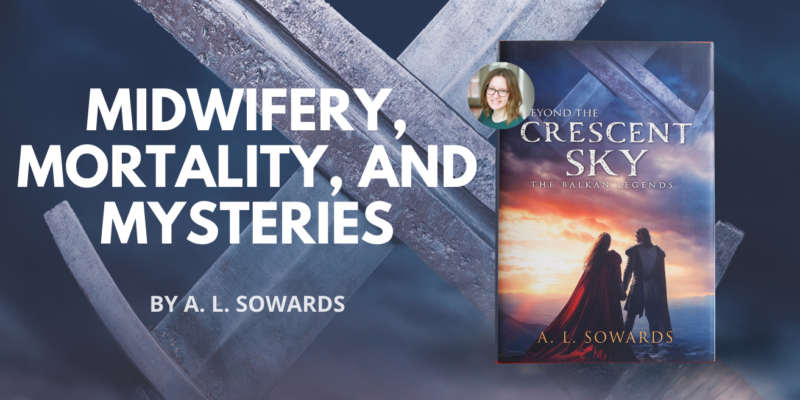
By A. L. Sowards, Author of Beyond the Crescent Sky
When it comes to childbirth, I have been tremendously blessed by modern medicine. My current family wouldn’t have been possible without treatments that were unavailable even a few generations earlier, and one of my daughters is unlikely to have survived her first week of life without a stay in a neonatal intensive care unit. As much as I don’t enjoy visits to the doctor’s office, I’m incredibly grateful for the techniques, training, and dedicated professionals who make pregnancy and childbirth fairly low-risk, at least when viewed from a historical perspective.
In my book Beyond the Crescent Sky, one of the main characters is a midwife. Helena is Greek and trained in the medieval Christian Orthodox tradition, but throughout the story, she also comes into contact with Jewish and Ottoman Muslim midwives. As you might imagine, I had to research extensively to find the right information for all those practices. What I found was fascinating.
High maternal and infant mortality
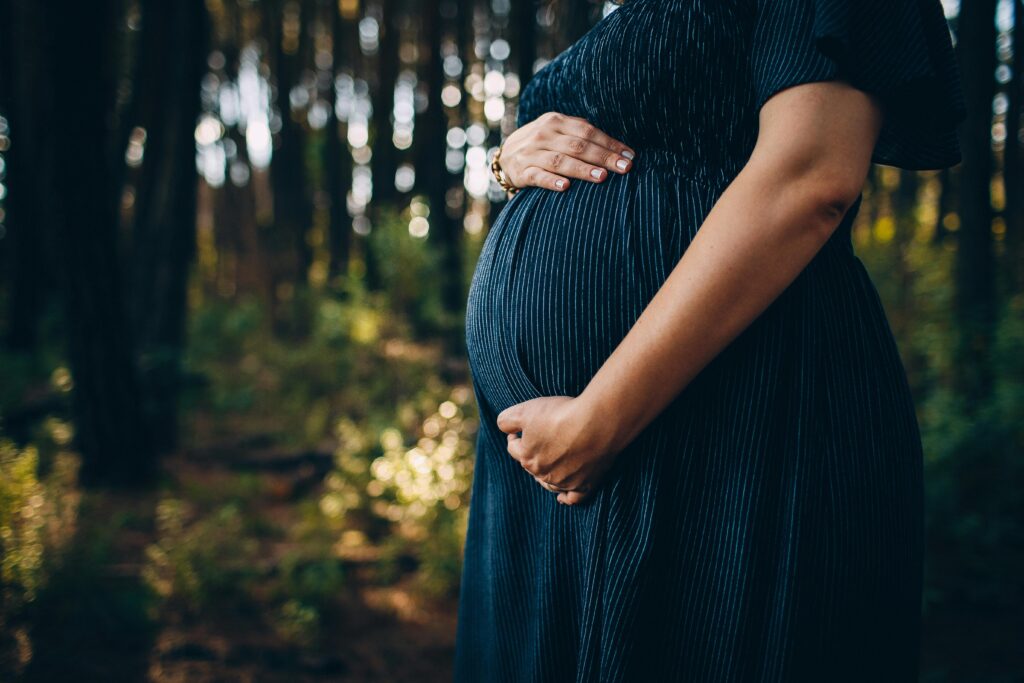
Childbirth in the 14th century is something I’m glad I avoided (other than in research books and novels). For mothers and for babies, childbirth was a risky business. It was safer than, say, an outbreak of the plague, and mortality rates vary based on location and decade, but estimates for maternal mortality in the setting of The Balkan Legends Series was 2-3%, and infant mortality was 5-8%. (For comparison, in the U.S. in 2020, maternal mortality was approximately 0.24% and infant mortality was approximately 0.56%, though it should be noted that modern statistics aren’t perfect, and documentation in the Middle Ages was spotty at best.) With higher infant death rates and a plethora of childhood diseases, not to mention catastrophic events like war and famine, only about half of children lived to reach the age of five.
Caesarian Sections
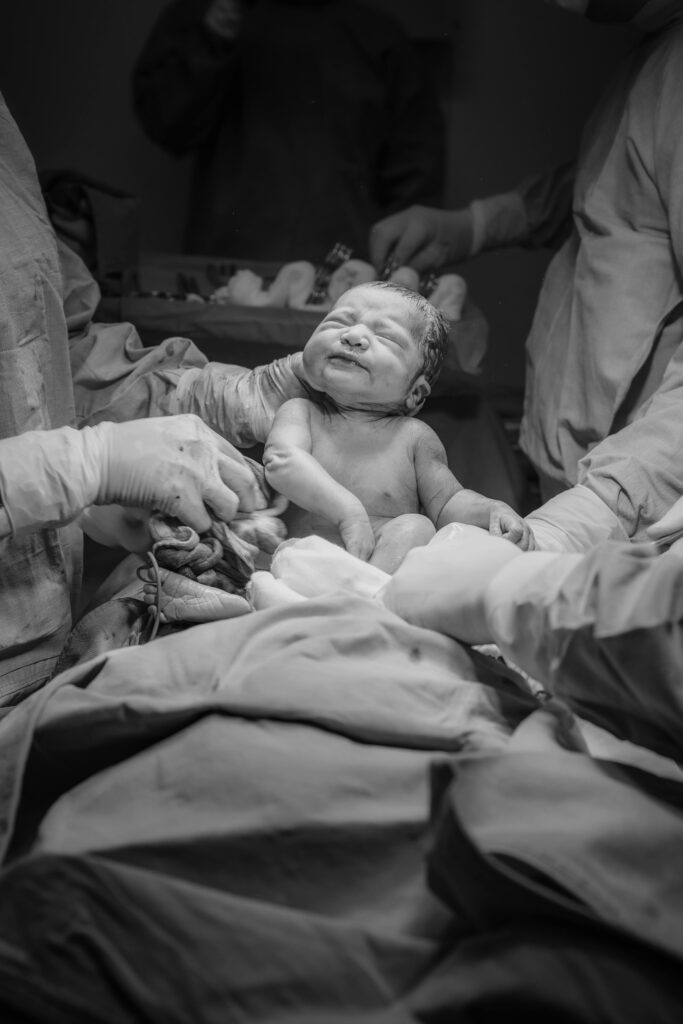
Nowadays, many lives are saved by alternative birth methods, like the C-section. It’s hard to say when the first successful Caesarian birth occurred. Prior to researching this novel, I had heard the story that the term “Caesarian” comes from Julius Caesar’s birth, but his mother, Aurelia, lived quite some time after his birth, so it’s more likely “Caesarian” comes from the Latin word “caesa,” meaning “to cut.”
We have record of a mother and infant, Beatrix of Bourbon and her son Wenceslaus, surviving a Caesarian birth in 1337, prior to the time of The Balkan Legends Series. (In all likelihood, those attending Beatrix didn’t expect her to survive, but did their best to preserve her life when she didn’t immediately perish.)
We don’t have records that include the earliest names of Jewish women who survived Caesarian births, but rabbis from about the second century on had established purification rituals for just such a circumstance. It’s possible that such rituals were outlined for “what if” scenarios, but it’s also possible that some Jewish women were surviving Caesarian births long before they became commonplace.
A Matter of Life, Death, and Salvation
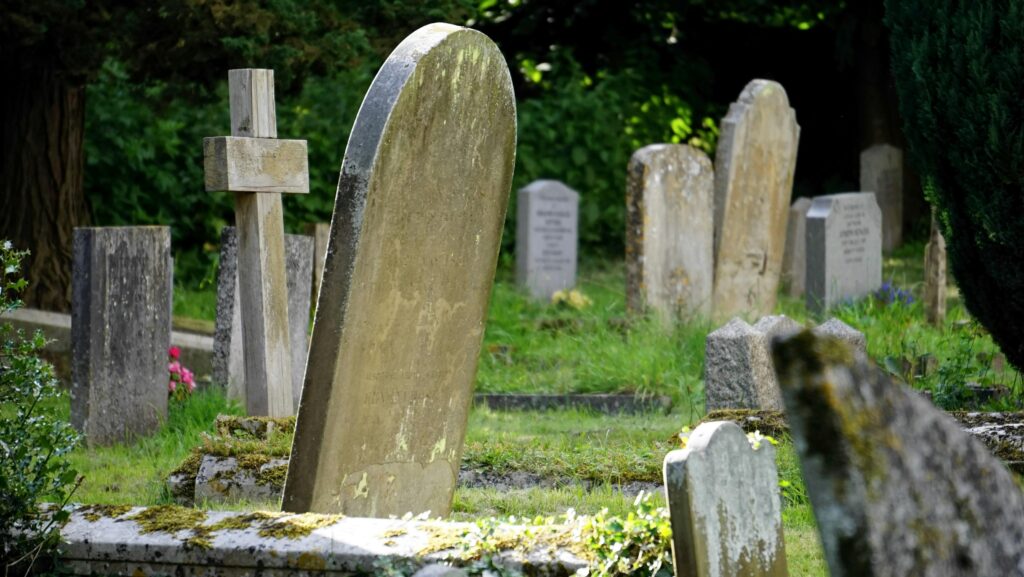
But what about when the mother did not survive childbirth? In the Orthodox Christian world, it was unlawful to bury a pregnant woman without cutting the infant out to see if the child might be alive. In contrast, in the Muslim world, the practice of cutting a living child out of a dead mother’s womb was forbidden.
Regardless of whether the mother survived or died, it was vital for a midwife to determine whether an infant was a live birth or a still birth.
For medieval Christians, unbaptized persons could not be buried in consecrated ground. So an unbaptized, stillborn infant was barred from a holy resting place. An infant who had been baptized could be buried in holy ground, as could a dead infant still inside a baptized, dead mother. Thus, in some areas of the Christian world, midwives were to have water prepared for an emergency baptism of the infant.
In Muslim tradition, if a baby was born dead, it could not be prayed over. Midwives were instructed to take special note of whether or not the baby cried. In the Muslim world, women who died in childbirth were granted martyr status. They believed that infants who died young were looked after by Abraham’s wife Sarah.
Midwife Training
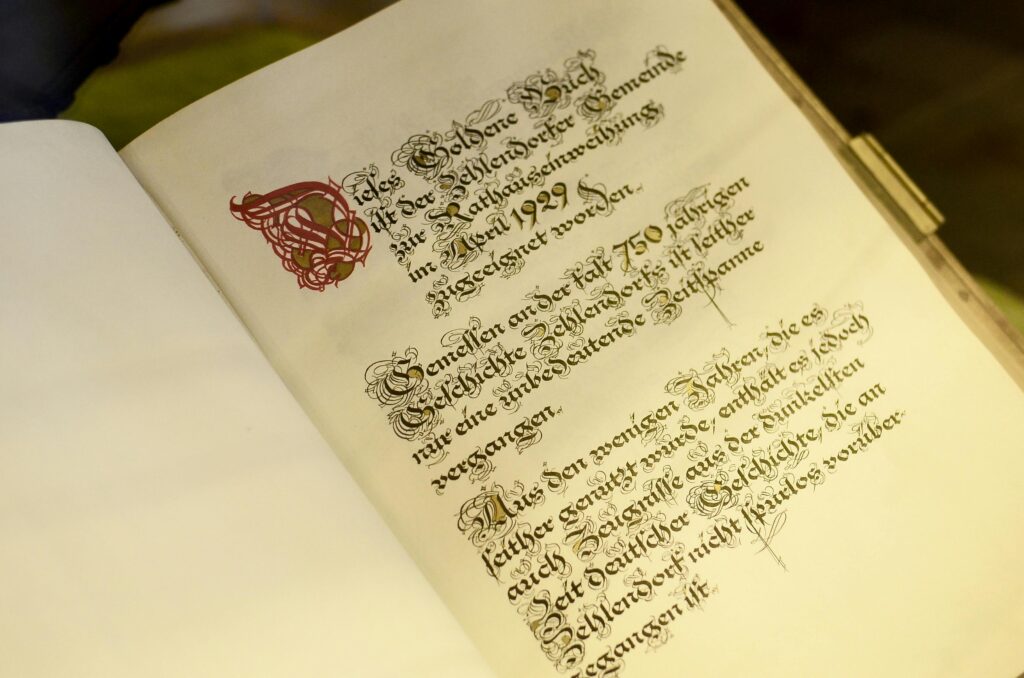
Not all midwives received the same training, but most medieval midwives learned their skill through an apprenticeship.
Muslim customs at the time restricted a women’s ability to go out in public, especially if the woman was unmarried. After training, midwives were encouraged to marry soon so that they could enter public spaces and other people’s home with fewer restrictions.
Many medieval women would have relied on family or friends to help with routine childbirth, and called a midwife only if complications arose.
Other beliefs and customs
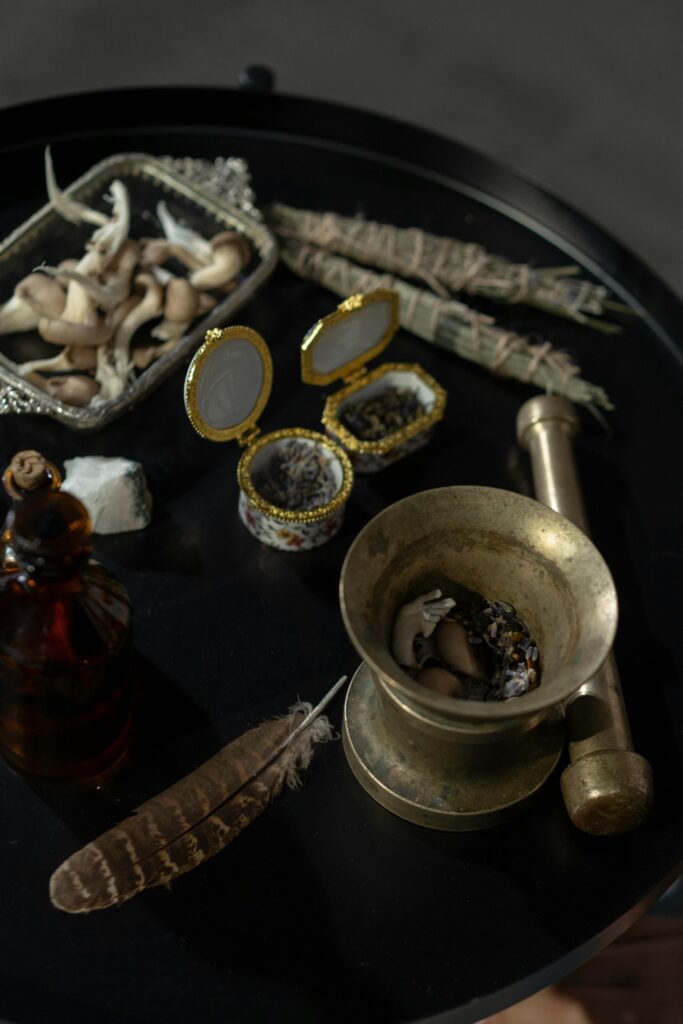
During the medieval era, there was an ongoing debate about whether wombs could wander. Wandering wombs could be treated with odors: noxious smells could repel it, or sweet smells could entice it. (That’s not a debate Helena, the fictional midwife in Beyond the Crescent Sky, participates in.)
There was a common belief that men were hot and dry by nature and women were cold and wet. Different herbs were used to treat excess heat or excess cold, and it was questionable whether a treatment used for one gender could also be effective for the other gender. (This is something Helena wonders about.)
Causing the mother to sneeze was a technique to aid a difficult birth.
In the Christian world, women were usually delivered while they sat on a birthing chair or while laying on a hard bed.
Unwanted infants weren’t “exposed” in the Christian world, but were instead left in a public place where they could be found. Foundlings were usually cared for by the church.
In the Muslim world, pregnant women were allowed to postpone fasting and pilgrimage, and combine some of their daily prayers.
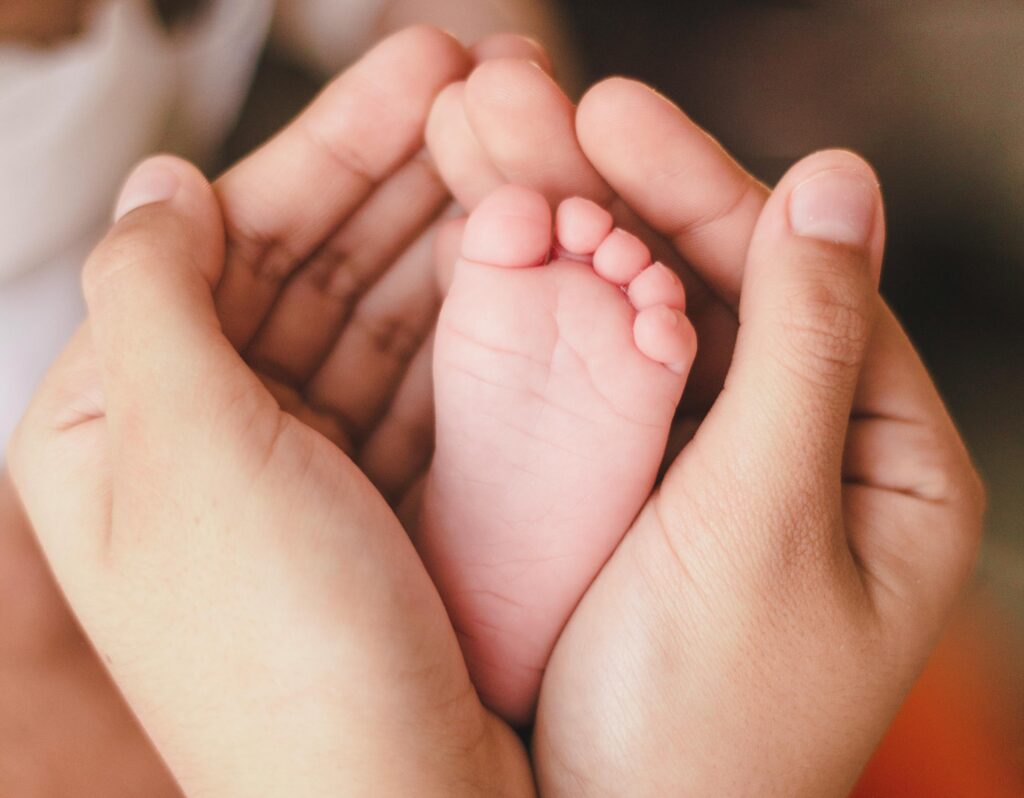
Just as today, not everyone in every culture believed the same thing. So while the ideas mentioned here are documented and represent a recognizable pattern, divergent beliefs wouldn’t have been uncommon.
NEW! Beyond the Crescent Sky Helena is a healer. Ivan is her prisoner. Caught in the crossfire of war, they must choose: loyalty or love.
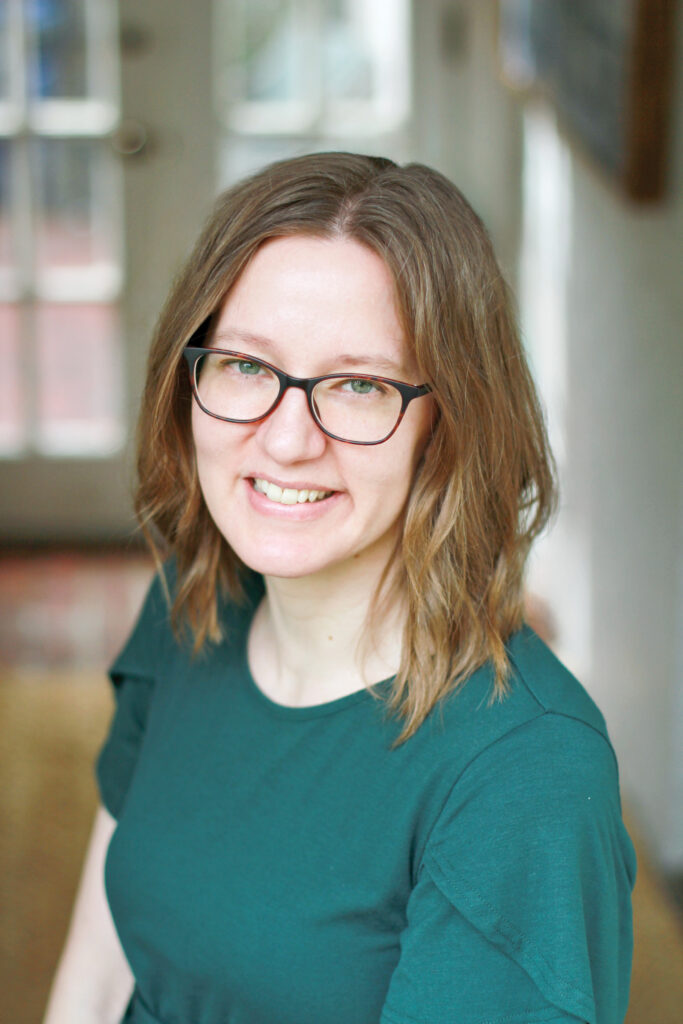
A. L. Sowards is the author of more than a dozen historical novels, with settings spanning the globe from the fourteenth to twentieth centuries. Her stories have earned multiple awards and other honors. Sowards grew up in Washington State, spent a few decades in Utah, and now resides in Alaska with her husband, three children, and ever-growing library. She likes hiking and swimming, usually manages to keep up with the laundry, and loves it when someone else cooks dinner.